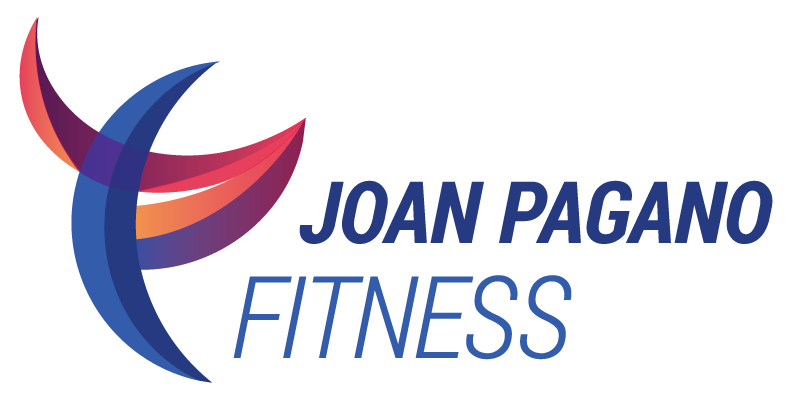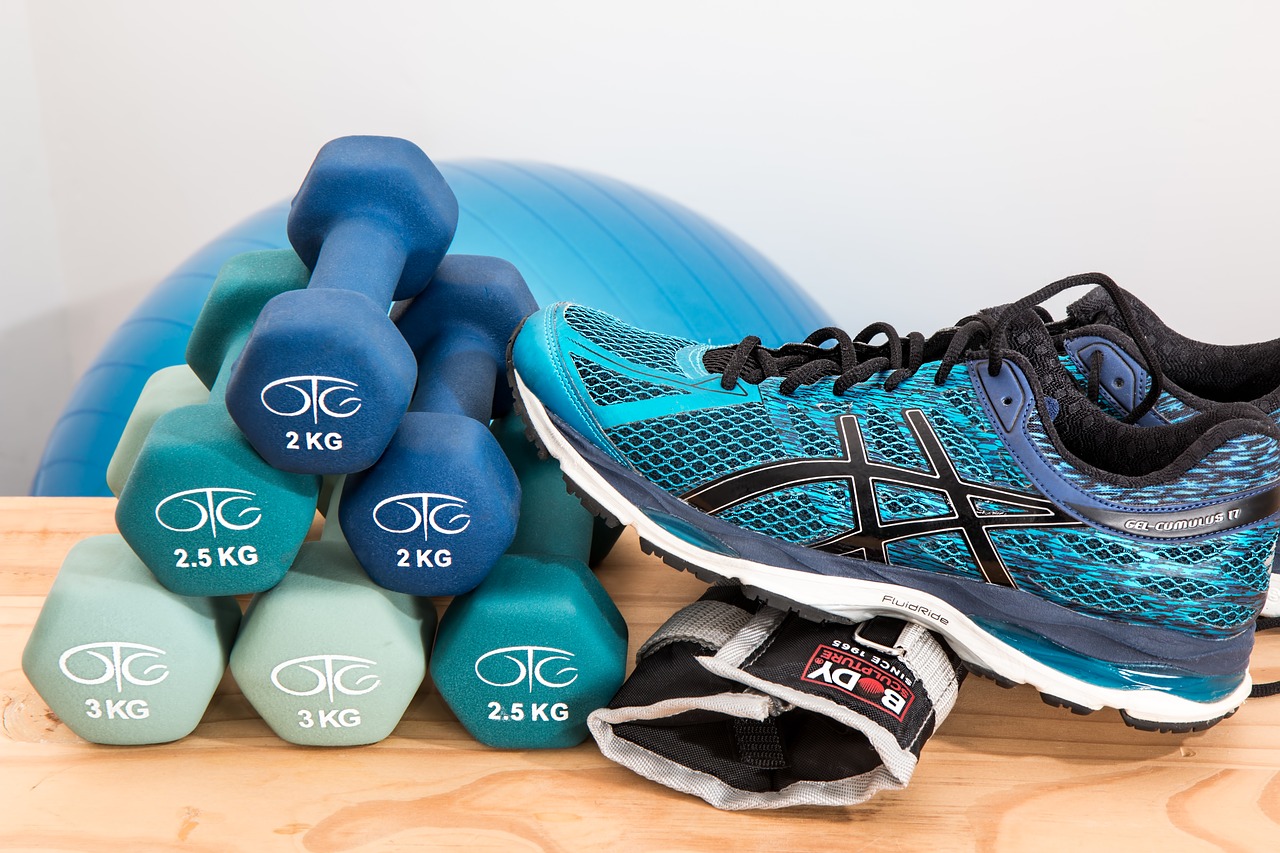Fight Aging with Strength Training
This article is by Georgetta Lordi Morque and was published on www.nycitywoman.com
If you’re not the powerhouse you were in your cheerleading days, here’s why: Women begin losing muscle mass slowly at 30 and, after 50, the decline starts to accelerate. A sedentary lifestyle is also a contributing factor—a double whammy for some. The result is weakness that can lead to injuries down the road and make simple chores like lifting grocery bags a challenge. But don’t despair or resort to a rocking chair. There is a remedy—strength training.
Fortunately I learned encouraging news from Joan Pagano, 68, fitness expert and certified personal trainer who specializes in strength training for women. Her mantra is “aging gracefully takes muscle.” As explained in her new book, Strength Training Exercises for Women, Pagano believes women can override the physical changes from aging; for those who haven’t been active, it’s never too late to start.
A well-rounded fitness program includes cardio workouts, strength training and stretching although most women do only two of the three, says Pagano. “While cardio gives us longevity, strength training gives us the quality of life. It defends against chronic diseases and fights osteoporosis. Every condition benefits from strength training.”
Strength training helps to build lean body mass, increase bone density, burn fat and boost metabolism. It also helps to improve posture and balance. Of course, the other bonus is a more sleek appearance from toning and sculpting. Contrary to false notions from the past, strength training will not cause women to bulk up. Another added benefit is confidence and a sense of empowerment.
Pagano, who has worked with many women during her 25-year career, including Jackie Onassis, encourages an aggressive approach to strength training without causing injury. “We need to take charge and be proactive as we get older to do what we can to maintain youthful bodies. People who work out in their 50s will be less debilitated when they are old.”
Getting Started
The many ways to build strength include lifting free weights, working with exercise machines and resistance bands, using your own body weight by doing pushups and planks, for example, and Pilates. How to determine the best mix and how to get started? First of all, medical clearance. The PAR-Q test in Pagano’s book includes seven questions to assess exercise readiness.
Good guidance in the beginning is important to learn proper form and alignment, advises Pagano. A certified personal trainer can design a program specific to an individual’s needs and make sure that exercises are performed correctly. And after you are engaged in a routine, the body will adapt, so there will be a need to step it up. A trainer can then help you take your program to the next level.
Trainers need to be certified and continue to maintain their certifications, says Pagano, who recommends finding a trainer at a gym or physical health facility and asking about the trainer’s qualifications. Also ask if they have worked with older women. Some women have trained with Pagano for more than 15 years. “So we’ve grown old together.”
A good program strengthens all the major muscles, such as the legs, back, chest, shoulders, arms and core, Pagano explains. “The lower body is more critical as we get older to provide stability.” She recommends doing eight to ten exercises that work the major muscles at least twice a week, allowing a day of rest in between for recovery. “Consistency is more important than intensity in the beginning.”
The Home Gym
While there are plenty of fitness centers and studios in the city, a home gym can be efficient with a minimal investment for those who are self-motivated. Pagano trains many clients in their homes. Her recommended equipment includes two sets of dumbbells—light and heavy, stretch bands, ankle weights, a stability ball and a mat. One can follow the program in her book, which features more than 200 visual step-by-step exercises that include three levels of ability and special symbols that focus on specific muscles.
If you live in New York City, read more of this article for Ten Great Places for Strength Training

